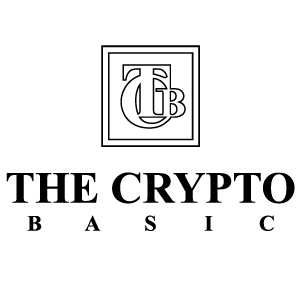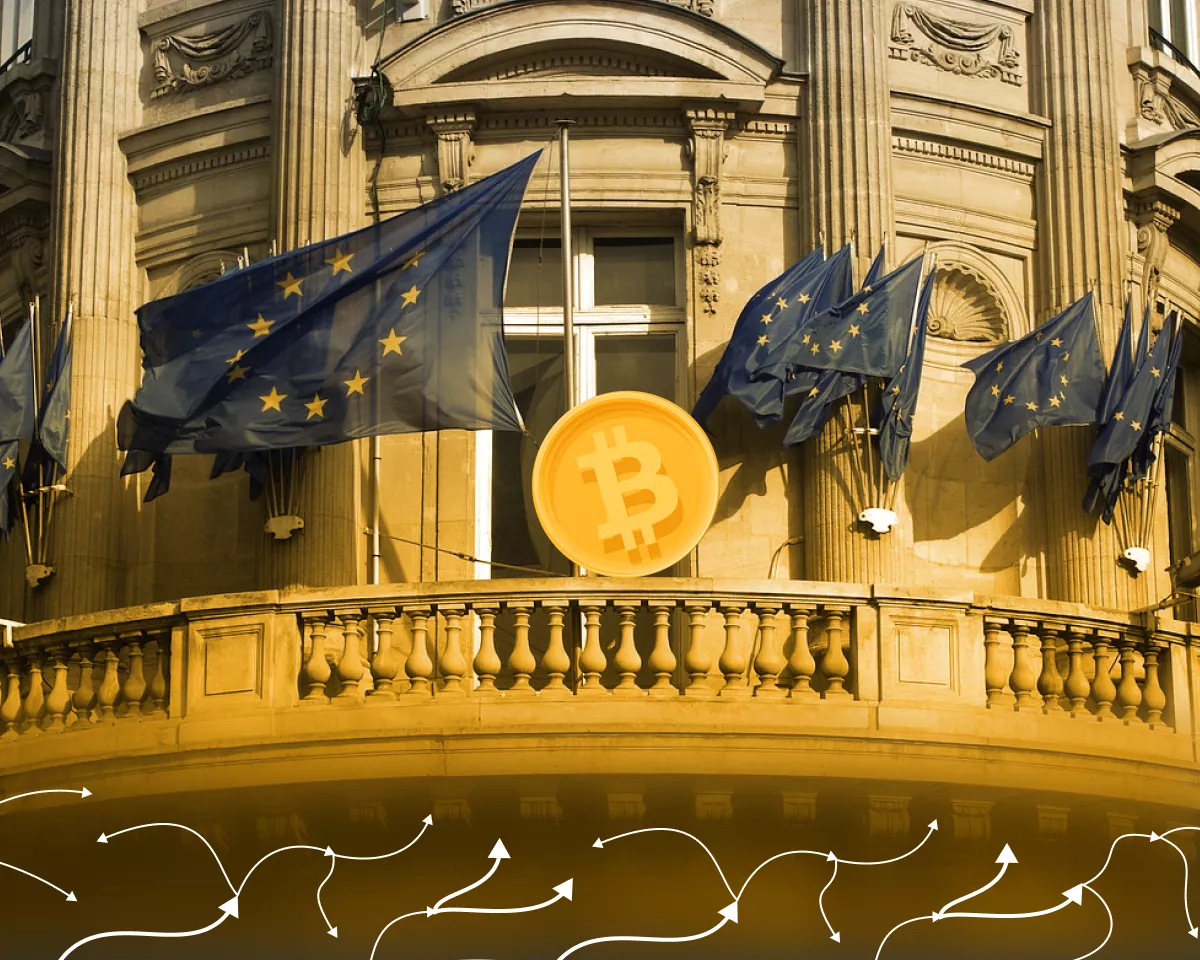Summary Grayscale Bitcoin Trust is facing increased competition from other asset management firms launching their own Bitcoin ETFs. The current expense profile of GBTC is not appealing, but the fund has filed amendments to convert its structure into an ETF. Grayscale has filed for a mini Bitcoin ETF (BTC) under the ticker symbol BTC, which could lower expense fees and benefit existing GBTC shareholders. Investment Thesis Last August, Grayscale Investments, the sponsor of the Grayscale Bitcoin Trust ( GBTC ) fund, won a landmark case against the SEC in their fight to convert their previous holdings into an ETF. In anticipation, investors, investment firms, and hedge funds allocated capital towards GBTC, with the fund benefiting from rapid price appreciation as compared to the underlying fund’s asset, Bitcoin (BTC-USD), as can be seen in the chart below. I’ve also added ProShares Bitcoin Strategy ETF (BITO), another peer of GBTC, below. GBTC outperforms Bitcoin and another peer over the last 272 days (sa charts) Unfortunately for GBTC, the flurry of Bitcoin ETFs created the opportunity for other asset management firms to launch their own ETFs. The case that Grayscale won last year set the precedent for asset management firms to launch their own ETFs simultaneously, as GBTC filed their own amendments to convert their previous fund structure into that of an ETF. The current expense profile of the GBTC fund does not make it appealing for me to recommend a Buy rating at the moment. However, the sponsor’s recent filing indicates some effort to reduce the fees. The implications of this filing remain unclear at the moment, and I rate this fund as a Hold. About GBTC & its sponsor Grayscale Investments The GBTC fund’s assets are sponsored and managed by Grayscale Investments, a Stamford-based asset management company that focuses on investing in digital assets such as cryptocurrency. Grayscale prides itself on being the world’s largest cryptocurrency-focused asset management company. The company pioneered the concept of digital asset funds by providing investors with exposure to digital assets via their funds. While GBTC is one of the funds available that offers investors exposure to Bitcoin, the company also has other products that offer investors exposure to other digital assets based on Ethereum ( ETHE ), Litecoin ( LTCN ), Solana ( GSOL ) etc. Through GBTC, Grayscale offers investors exposure to Bitcoin without requiring any of the operationalities that come with actually owning it, which I will expand on in the sections below. This is a pure-play Bitcoin ETF that only includes Bitcoin as the sole fund asset. The custody of the Bitcoin tokens that comprise the fund’s assets is held by the sponsor’s digital asset custodian, Coinbase (COIN). The fund achieves its investment objective of offering exposure to Bitcoin by tracking the price of Bitcoin primarily using CoinDesk’s Bitcoin Price Index . Peer comparison Apart from GBTC, there are several ETFs that have already flooded the market with their own funds. While GBTC is the largest and oldest Bitcoin ETF, many Bitcoin ETFs have been launched since the start of the year, as can be seen below. GBTC fund versus its 2 largest peers (sa) With the lack of operating history in this space, it will be difficult to provide an apples-to-apples comparison of the ETFs above. Yes, GBTC is currently the market leader by assets managed. But these assets have been reduced by $10 billion, which I will cover in later sections. The only other key difference is the relatively mammoth sized expense fee that Grayscale charges to manage the assets of the GBTC ETF. Investors are set back $1.5 for every $100 invested in GBTC. All other ETFs usually charge investors expense fees, which tend to be in the ballpark range of what investors would normally expect if they invested in ETFs, generally speaking. GBTC’s Fund Structure History The purpose of adding this section here is to provide investors with context as to why GBTC charges higher fees specific to its history. When GBTC originally launched their fund in 2013, the fund structure resembled that of a closed-ended fund ((CEF)). The objective of the fund, as I had pointed out earlier, remained the same, to provide exposure to Bitcoin. However, through the CEF, investors would be locked into the fund. Grayscale also kept fees at 2% initially. The appeal here for GBTC’s previous fund structure would be that having a Bitcoin Trust fund would allow investors to stay invested in Bitcoin without the operationalities that are required to own Bitcoin, as I had pointed out earlier. Investors who are bullish on Bitcoin but want to use their existing trading setups and apps could allocate capital to GBTC without needing access to a cryptocurrency exchange account, digital wallet, etc. The CEF fund structure also meant that the price of the trust fund’s shares would deviate from its Net Asset Value and swing between premiums or discounts to the NAV, as can be seen below. GBTC’s trades at a slight premium to NAV (yCharts) It can also be seen that after converting to an ETF, GBTC trades in line with its NAV, more or less. What is GBTC doing to alleviate high ETF fees So far, GBTC has not really benefited from its case against the SEC that it won last year. As I mentioned earlier, competition has rapidly become fierce, and incumbent players in the ETF space have already moved in to offer low-cost alternatives. GBTC has the highest expense fee among all large Bitcoin ETFs (etf filings) The competition has also become heavily promotional, with many asset management companies waiving off their expense fees for some time. For example, Fidelity has waived its expense fee completely for investors allocating their capital towards its FBTC fund. This fee is waived until August of this year. Others, such as iShares’ IBIT, Ark’s ARKB, Bitwise’s BITB, and Invesco’s BTCO, have also indicated waiving off their expense fees. These promotions have definitely affected GBTC, which has seen outflows from its fund since the start of the year when its peers have benefited from their respective launches. This can be seen in the fund flows chart below, where GBTC has seen outflows of ~$11 billion. Since the start of the year, GBTC is the only Bitcoin ETF which has seen mega outflows in excess of $10 billion this year. (etfdb) This environment is expected to impact GBTC for some time until the promotional activity stabilizes. Now, GBTC’s sponsor, Grayscale, has recently filed for a mini Bitcoin ETF under the BTC ticker symbol, which should lower the expense fees. The sponsor will use some portion of GBTC’s assets to launch the new BTC Bitcoin ETF. By using some of the fund’s existing assets, existing shareholders of GBTC will get ownership of the new BTC fund. It appears from the filing that this new “spin-off” etf will not pose any tax implications to investors in GBTC. In fact, Grayscale themselves state the advantages of the new spin-off BTC ETF as follows: We believe this would be net-positive for existing GBTC shareholders, who should benefit from a lower blended fee (spanning ownership of shares of both GBTC and BTC), while keeping the same exposure to Bitcoin. While the notion of launching cheaper ETFs is not new, the impact on investor sentiment here is still not known, in my opinion. For example, the Invesco QQQ Trust ( QQQ ) is one of the other widely known ETFs to have launched cheaper alternatives like the Invesco Nasdaq 100 ETF (QQQM). The iShares MSCI Emerging Markets ETF ( EEM ) and the iShares Core MSCI Emerging Markets ETF ( IEMG ) are another example. In both of these cases, the more expensive parent ETFs, QQQ and EEM, still continue to hold large volumes of assets, $255 billion and $18.3 billion, respectively, to date. So, it is possible that the outflows from GBTC may stabilize once the promotional environment for Bitcoin ETFs stops. In fact, Grayscale’s new mini-ETF can cannibalize the existing GBTC. I continue to expect volatility in GBTC in the short-term. Outlook for Bitcoin and its impact on Bitcoin ETFs The outlook for Bitcoin is rapidly changing, causing Bitcoin’s value to be volatile. In the rapidly evolving landscape for Bitcoin ETFs and their underlying assets, Bitcoin, not all events hold as much significance as the Bitcoin halving. This is a pivotal moment in the supply of Bitcoin that is important for sustaining Bitcoin’s network of participants, including holders of Bitcoin and miners, validators of the Bitcoin network who survive on rewards unlocked by processing transactions on the Bitcoin network. These halving events are meant to reduce the number of new Bitcoin issued. According to recently-published research by Coinbase , the halving event will “reduce the total amount of bitcoin issued from ~900 bitcoin per day (representing an annual issuance rate of 1.8%) to ~450 bitcoin per day (or 0.9%).” I have also added a table below that points out how the halving event affects the total bitcoin supply. Bitcoin Halving Dates Rewards Per Block New Issuance Total Bitcoin Supply Nov 18, 2012 25.0 BTC 9.6% 10.5M BTC Jul 9, 2016 2.5 BTC 3.8% 15.75 BTC May 11, 2020 6.25 BTC 1.8% 18.37M BTC April 20, 2024** 3.125 BTC 0.9% 19.68M BTC Source: Coinbase, ** are estimated dates These halving events won't take place for another four years, but one of the first implications of halving can already be observed above as the total supply of Bitcoin introduced in the network slows down. I have also added a chart from research below that shows how prior cycles have affected the price of Bitcoin before and after the event. Bitcoin prices, starting 60 days prior to the halving event notated as day 0 above (Coinbase) While history does not repeat itself, it often rhymes. In this case, there is also a limited history that can be used, but in my opinion, the price of Bitcoin will be significantly impacted by topics such as interest rates, inflation, and macroeconomic growth that move the needle on global liquidity and eventually impact Bitcoin and hence Bitcoin ETFs. With the outlook on all three topics looking favorable for the year, I believe longer-term prospects look good for Bitcoin. Other Factors and some Risks Investors should be aware of If you go through my past coverage on ETFs, I try my best to find fair value ranges for ETFs as well. However, this will be difficult to do with Bitcoin ETFs, where the underlying asset is volatile, as Bitcoin still makes headway towards mass adoption. My personal approach here has been to cost-average my way into Bitcoin. I plan to rebalance my allocations to my target once I reach my goals. So far, GBTC has benefited from the price appreciation of Bitcoin, which is the underlying asset of the fund. Therefore, the impact of fund outflows has not really affected the ETF’s share price, and the ETF continues to trade close to NAV, as illustrated in a previous section. Grayscale’s BTC ETF offering is still in the process of securing the necessary regulatory approvals from the SEC. I expect that to be approved, and once that is, it will create additional headwinds for GBTC. What is still unknown from Grayscale’s new filing is the quantifiable benefit that investors get from the new BTC offering for existing GBTC fund investors and new investors. Grayscale has not indicated what the blended expense fee would look like, so that remains uncertain, although I expect it to be in the 0.25%–0.5% range as it is with its peers. Takeaway GBTC appears to have many factors that may be causing headwinds for the fund at the moment. The only tailwind that the fund has is the price appreciation of the underlying Bitcoin asset. However, with GBTC’s peers offering cheaper alternatives, some of which even temporarily waive off fees, GBTC will see pressure in its fund inflows. Plus, once Grayscale’s mini BTC fund is approved and launched, this is expected to add more pressure on GBTC in the short term.











